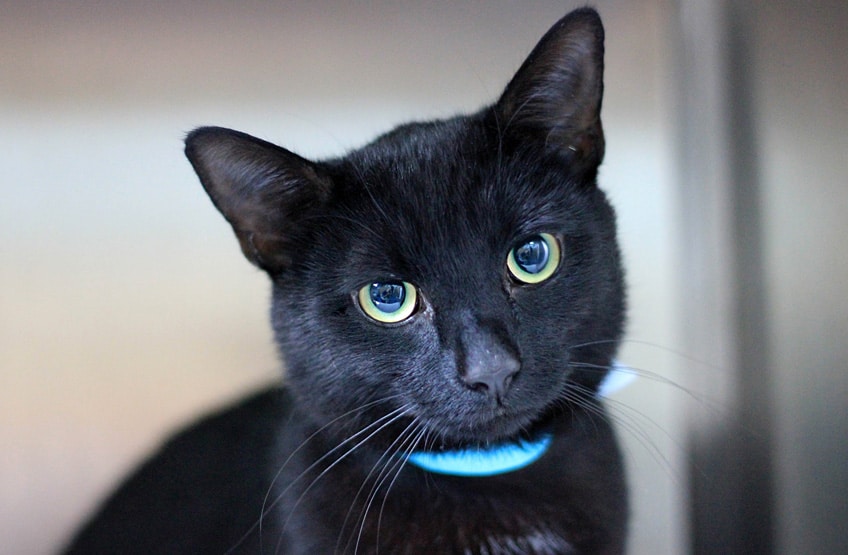Ensuring good cat behaviour will require some effort from the owner, so we have prepared some facts to help you get started and to understand your pet cat's behaviour better.
Building good relationships
When you bring a new kitten or cat into your home you will firstly have to decide whether your pet will live strictly indoors or will be allowed outside. There are advantages and disadvantages in both cases. Free-roaming cats are more prone to illness and a shorter life expectancy as they are at risk of being involved in traffic accidents, attacked by other animals and are exposed to internal and external parasites such as fleas, worms and ear mites.
Conversely, if your cat never ventures outside you must provide him or her with sufficient physical and mental stimulation, including interaction with you, exercise, toys, scratching post and clean toilet area. Whatever decision you make, following a few simple guidelines to direct your cat's behaviour can ensure harmony in your cat-loving household.
Playtime helps keep your cat happy and healthy!
Make sure your kitten or cat has plenty of opportunities for interesting, stimulating play that will satisfy natural instincts and provide much needed activity and exercise. Find toys that bounce or flutter, that they can pretend to chase, hunt and capture. Involve yourself in your cat's playtime as interaction between you and your cat is important. You should try to have at least one daily 15 minute interaction play session with your cat, especially if they are often left alone.
Cats appreciate clean facilities too!
Cats are fastidious creatures, so providing your pet with a clean, easily accessible toilet area will help minimize any litter problems. Cats generally prefer unscented, soft textured fine litter. Some cats like to urinate in one box and defecate in another so the ideal number of two litter boxes is one box per cat plus one.
Don't put litter boxes next to noisy equipment such as boilers or washing machines-cats prefer quiet. Scoop out faecal matter and urine (if using clumping litter) daily. Wash boxes with water and mild detergent once a week if you use non-clumping litter and once a month if you use clumping litter.
Going to the toilet outside of the box can occur for several different reasons, various medical conditions being the most common. If you suspect your cat may have such a condition consult your veterinary surgeon for diagnosis and appropriate treatment.
Make sure you have a post that’s up to scratch
Scratching just comes naturally to cats. An instinctive activity that begins when they are just weeks old, scratching allows cats to leave chemical and visual signals that, among other functions, serve as “messages” to other cats and animals. However, what’s entirely normal for your cat can become a big problem for you if they start scratching your carpets and furniture.
A practical solution is to provide your cat with a special scratching place, usually a post, of their own. No matter how unsightly the post gets it should not be replaced as long as your cat still uses it. The more scratched and awful looking, the more your cat will love and use it-instead of your furniture!
Spraying or urine marking
Spraying, or urine marking, is a normal behaviour in cats with intact sexual organs, as well as in neutered cats. In fact, as many as 10% of castrated male and 5% of spayed female adult cats spray regularly. Spraying is often associated with the presence of other cats or other stresses, such as change in the cat's environment. Spraying may be the way your cat communicates anxiety. Treatment is available, ask your vet or pet health advisor for further information.



Our Services